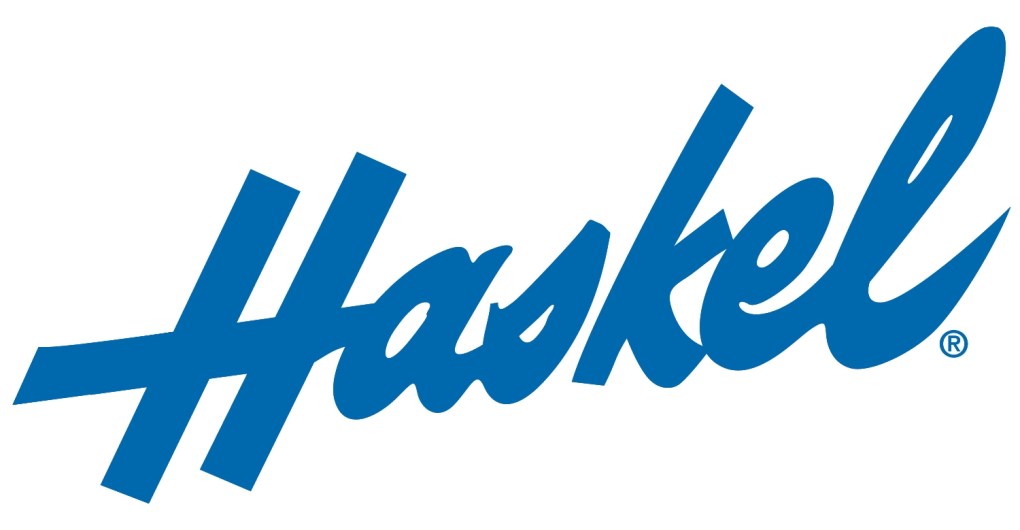
Typical Applications:

What is a Haskel Air Amplifier?
An Air Pressure Amplifier is an air pump that is driven by part of the incoming compressed air supply enabling it to cycle and pump the balance of the supply to a higher output pressure. Pressure is generated by the use of a differential area piston assembly (Fig 1). Low pressure air applied to a large area creates high pressure air on the small area. Cycling is achieved through the use of two pilot valves that alternately pilot and vent the large area end of an unbalanced cycling spool. The small area end of the cycling spool uses a permanent air spring. This unbalanced cycling spool ensures that the air amplifier cycles on demand.
Unique seal technology enables the drive section of its pressure generating products to operate without air line lubrication. No lubrication of any kind is used in the high pressure sections where non-metallic bearings and wear compensating seals are employed.
The ratio of the areas between the connected pistons is called the area ratio and is the dash number used in all model codes. This ratio and the available air drive source pressure determines the maximum outlet pressure of the air amplifier.
The completely sealed air amplifier will “stall” at its maximum capable outlet pressure and consume no energy or generate any heat while doing so. When pressure drop is seen at the air amplifier outlet, the unbalanced spool ensures cycling to make up the pressure loss and will again “stall” after having done so.
Double acting and two stage models are available which provide increased output and efficiency as well as using input air directly on the high pressure piston(s) in both stroke directions to increase drive force and output pressure capability.
A proven range of horsepower sizes is available to meet most high pressure air requirements; from our 1/3 HP for low flow/static applications to our 8 HP used for high flow dynamic applications.



